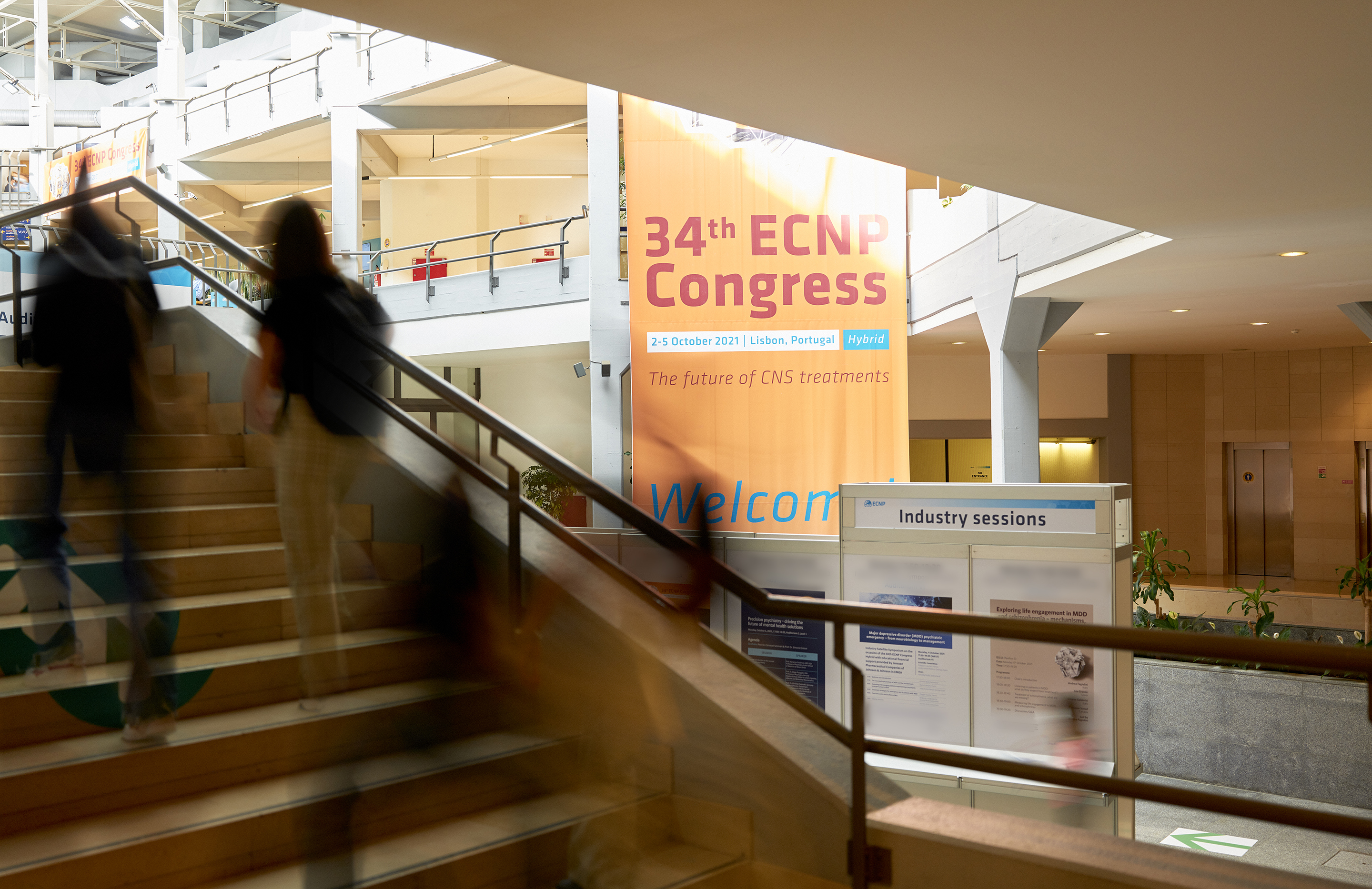Functional recovery is a key goal in treatment of major depressive disorder and schizophrenia. In an Otsuka and Lundbeck sponsored Satellite Symposium at the 34th European College of Neuropsychopharmacology Congress in Lisbon, Portugal, Dr Iria Grande, from the University of Barcelona, Spain; Professor Silvana Galderisi, from University of Campania Luigi Vanvitelli, Italy and Professor Zahinoor Ismail from the University of Calgary, Canada, discussed how the concept of ‘patient life engagement’ can be utilized in both clinical practice and clinical trials to track day-to-day living that may be more in line with a patient’s needs then just focusing on symptom control.
Listening to patients in MDD: What do they expect from treatment?
‘Patient life engagement’ resonates with people who are being treated as important, as it reflects their cognitive, social, physical and emotional goals.1,2
Overall burden of MDD
Dr Iria Grande highlighted how symptom severity, functioning, and quality of life can contribute to MDD burden.3 As such, functional recovery as a treatment goal aligns more with a patient’s perspective than just symptom response and remission.4
Understanding a patient’s perspective on their condition and treatment is essential as these may differ from that of a healthcare professional
A patient’s view of their condition and treatment goals may differ from the healthcare professional’s (HCP) view so discussion and communication is key.5,6
- Mood, physical, and cognitive symptoms are reported more frequently by patients than by HCPs across many stages5
- When comparing expectations from treatment, patients place almost equal emphasis on returning to social, family, and working life as they do on having their mood lifted and far greater emphasis on receiving a treatment with low side effects then an HCP does.5
Living a meaningful life with MDD can be impacted by neurocognitive dysfunction7 and physical comorbidities8 but these may not be targeted by current therapeutic strategies, even with adjunctive treatment.7-9 Dr Grande stressed how better management of comorbid disorders, via a multidisciplinary and patient-focused approach, will facilitate better functioning and quality of life.
Treatment of schizophrenia, what are we missing?
The definition of mental health, said Professor Silvana Galderisi, has moved from one solely focused on well-being to one encompassing a more dynamic state of internal equilibrium that balances cognitive abilities; social skills; emotional capacity and expression; flexibility; resilience/vitality; and functioning.10
For people with schizophrenia, treatment goals include not only symptom control and reduced hospitalizations but also:11
- Clear thinking and reduced anxiety
- Self-care and fuller emotions
- Better relationships and the ability to socialize
- Reduced fatigue and restlessness.
Recovery is a multidimensional construct comprising two sets of outcomes: objective clinical recovery and subjective personal recovery
Though psychiatrists agree that social functioning is an important goal,12 and while some antipsychotics show good efficacy on measures of social functioning,13 many patients do not score high on this even after treatment.
- One study found that while 55.5% of 303 patients treated with a long-acting injectable over 12 months reached clinical remission, only 46.3% achieved functional remission.14
- Functioning may be impaired by medication side effects.15
Several patient factors prior to treatment administration are associated with functioning – neurocognition, avolition, positive symptoms and social cognition – and improvement at follow-up – higher neurocognitive abilities and better social cognition and everyday life skills. These are essential to note to be able to personalize treatment and enhance recovery:16
With this in mind, treatment goals must be individually tailored and take into account:17
- Objective clinical recovery, such as symptom recovery and level of functioning
- Subjective personal recovery, such as quality of life factors and future hopes.
Measuring life engagement in MDD and schizophrenia
Professor Zahinoor Ismail summarized from his own experience how key unmet needs for schizophrenia treatment include incomplete functional recovery, high relapse rates, suboptimal adherence to medication, and poor quality of life. Gaining the patient’s perspective for their treatment plan and measuring outcomes from pharmacologic treatment that are meaningful to patients can help address these needs.
The concept of patient life engagement arose when patients reported positive experiences to antipsychotic therapy that went beyond just symptom control:18
- “I completed more projects”
- “I had my first real conversation about 3 months ago”
- “I am now able to function”
Items from existing clinical scales may be used to represent ‘Patient life engagement’
It’s important to be able to measure patient life engagement in both clinical practice and clinical trials. With this in mind, an expert panel selected 10 relevant items from the Inventory of Depressive Symptomatology-Self Rated scale for MDD that align with a four-concept domain of patient life engagement (physical, emotional, social, cognitive):1,19
- Response of your mood to good or desired events; concentration/decision making; view of myself; view of my future; general interest; energy level; capacity for pleasure or enjoyment (excluding sex); interest in sex (not activity); feeling slowed down; interpersonal sensitivity
They also selected 11 items on the Positive and Negative Syndrome Scale (PANSS) for schizophrenia:18
- Blunted affect; emotional withdrawal; poor rapport; passive/apathetic social withdrawal; difficulty in abstract thinking; lack of spontaneity and flow of conversation; depression; motor retardation; disturbance of volition; preoccupation; and active social avoidance
Validation of life engagement items supports the notion that pharmacologic treatment may have a potential to improve patient life engagement in addition to improving symptoms of schizophrenia
In a study of the effects of an antipsychotic after 6 weeks in schizophrenia:
- Principal component analysis suggest that, as predicted, these selected PANSS items clustered together representing the underlying construct18,20
- Ten out of eleven items showed improvement after 6 weeks treatment versus placebo (p <0.05)
- Response rates on the combined selected PANSS items were higher with active treatment versus placebo
- Response on the combined selected PANSS items appeared to be associated with improved functioning20
For the latest updates on sea.progress.im, subscribe to our Telegram Channel https://bit.ly/telePiM
Our correspondent’s highlights from the symposium are meant as a fair representation of the scientific content presented. The views and opinions expressed on this page do not necessarily reflect those of Lundbeck.




